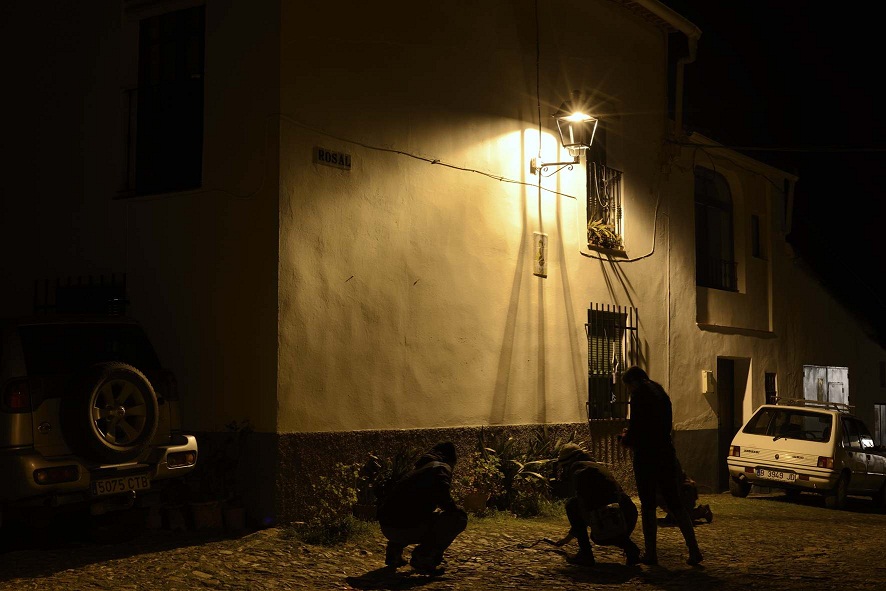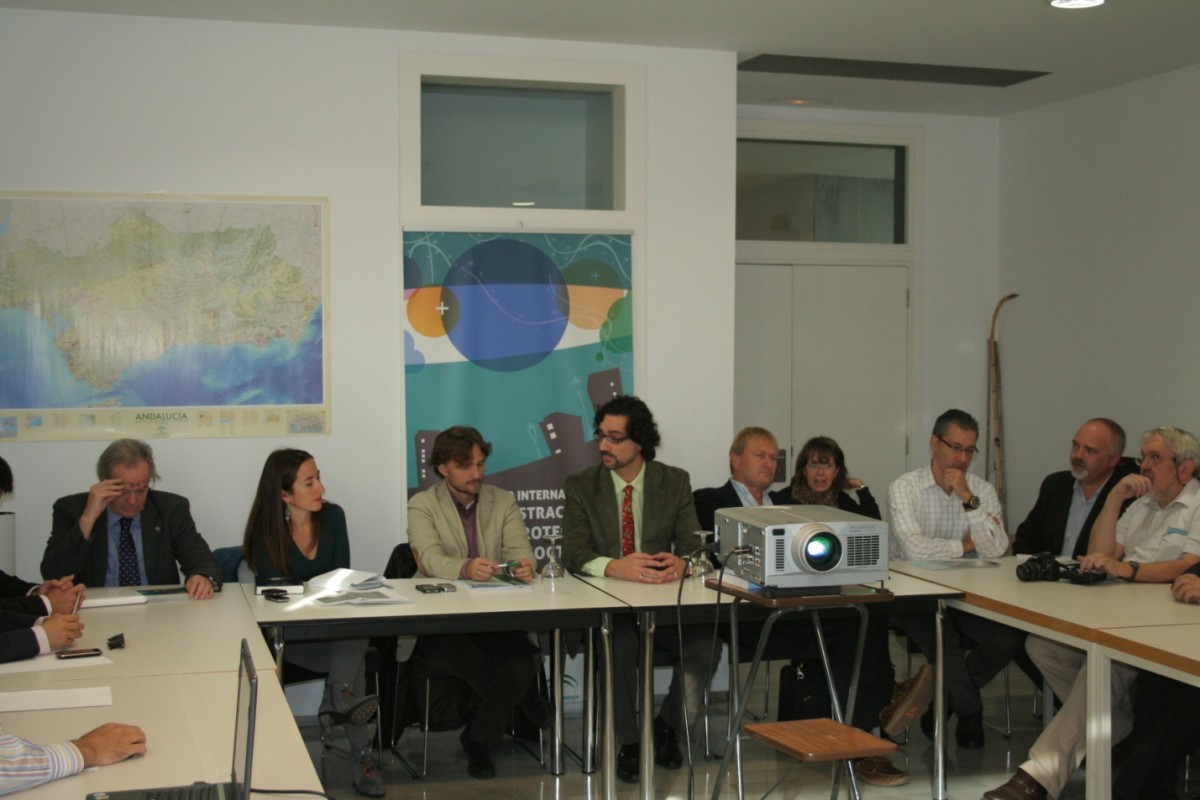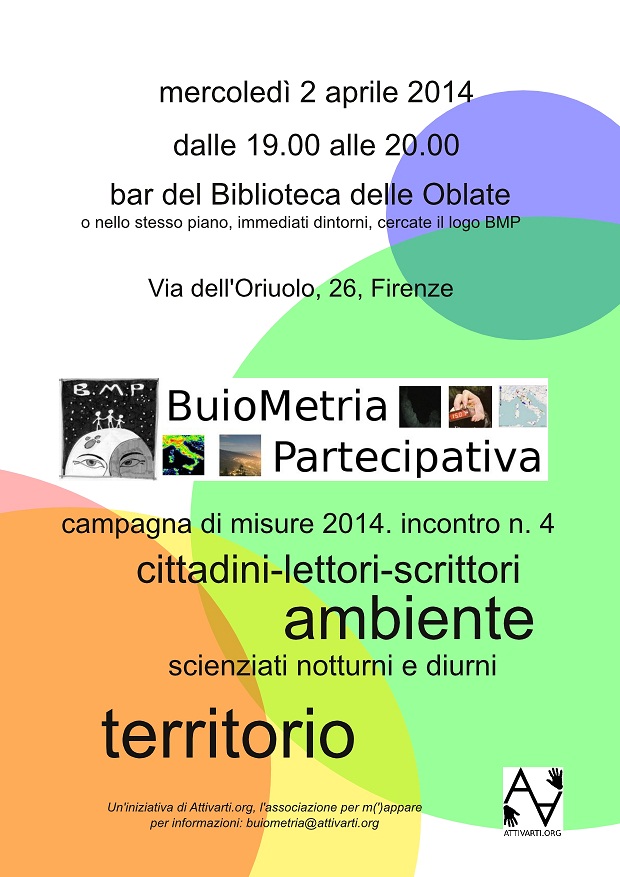EDITORIAL NOTE: This is the first of a series of interviews by Andrea Giacomelli to experts in the field of artificial light at night. The idea of the interviews was initially proposed by Andrea as one of the dissemination actions in the context of the Loss of the Night Network. It is in any case open to any expert from any project or community.
Estefanía Cañavate García is an officer working for the Andalusian environmental agency.
AG: Estefanía, What is your role within the Agency?
ECG: I am a technician specializing in light pollution. I work in the Environmental Quality Data Center of Environmental and Water Agency of Andalusia. It is a public organization belonging to the Regional Government of Andalusia.
Since when have you been personally involved in light pollution?
I have been working on light pollution since 2006. One of my main projects, was when I worked on creating a regulation regarding the protection of the quality of the night sky against light pollution. Currently, I offer technical support and help with the implementation of regulation.
AG: How many staff are currently involved in the agency on light pollution?
ECG: We are a team consisting of four technical specialists in this field.
AG: Your Agency is involved in training courses directed to ligthing technicians in public administrations. Could you explain how this activity works, and what is its outcome?
ECG: One of the main objectives of the Regional Government is to guarantee the application of the Decree on light pollution. For this reason we are providing Andalusia´s city councils with the necessary technical support to implement it. Our work focuses on four aspects: zoning the territory of the municipalities, staff training, provision of guidelines regarding the regulation, and management of pilot experiences.
To give an idea of the scale of our operation, in 2011 we held eight sub-regional technical workshops aimed at technicians and municipal representatives. As a result of that we trained more than 1000 technicians, in a region composed by 771 municipalities.
One of the most critical issues in training municipal representatives is related to light colour. Energy saving criteria in outdoor lighting, if considered indepedently, lean towards the use of lamps with maximum efficiency, that is, those emitting more light with a lower consumption of electricity. In this respect, LED technology may offer the main opportunity for energy saving. However, as of today, the most energy-efficient LEDs are those emitting larger quantities of blue light, and this -compared to other sources of artificial light- is more harmful from the environmental point of view.
The Andalusian regulation restricts white LEDs in the zones with a higher protection level (defined as E1 and E2 by the regulation).
One of our actions is, thus, to suggest alternatives to the municipal representatives, such as several technological solutions offering high energy efficiency as well as light with a colour respectful of the environment. The market already offers LEDs with yellow hues, giving both an acceptable energy efficiency -albeit lower than white LEDs or than other consolidated technologies- and a light which is more respectful towards the environment.
While the issues related to colour temperature are not always acknowledged by the technicians we meet, we also found cases in which the municipal representatives are very aware this item. An example is the municipality of Almeria, where the Calar Alto astronomical observatory is located. In this case we found that the Mayor has been testing lighting with monochr



